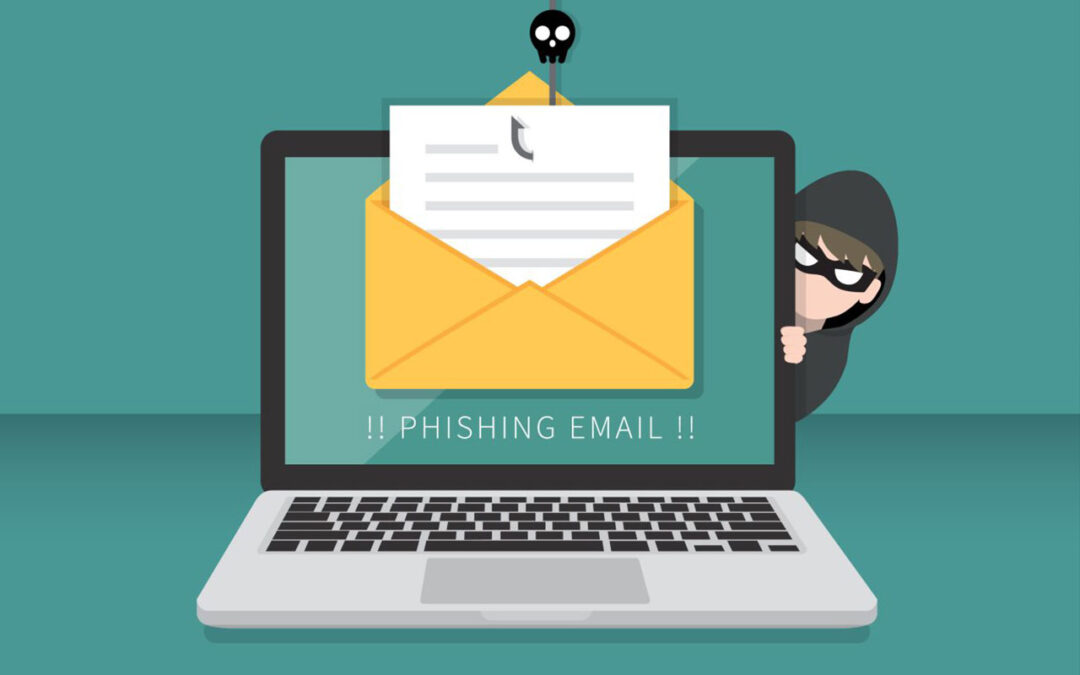Phishing emails are a growing threat to individuals and organizations, with attackers using increasingly sophisticated methods to deceive their targets. These emails often appear to come from legitimate sources, such as banks, social media platforms, or online retailers, and they aim to trick the recipient into giving away sensitive information such as login credentials, credit card numbers, or personal data. In this article, we will discuss how to identify and protect yourself from phishing emails.
Identifying Phishing Emails
1. Poor Spelling and Grammar: Many phishing emails are sent by non-native speakers of the language, and the language used in the email may be stilted or awkward.
2. Generic Greetings: Phishing emails may use generic greetings such as “Dear Sir/Madam” rather than addressing the recipient by name.
3. Urgent or Threatening Tone: Phishing emails often try to create a sense of urgency in the recipient, such as by claiming that their account has been compromised or that they need to take immediate action to avoid a penalty.
4. Suspicious Links or Attachments: Phishing emails may include links or attachments that lead to fake websites or download malware onto the victim’s device. It’s important to hover over any links in an email and verify that the URL is legitimate before clicking on it. Additionally, it’s important to only download attachments from trusted sources and to use anti-malware software to scan any files before opening them.
Protecting Yourself from Phishing Emails
1. Be Suspicious: Be wary of any emails that ask for sensitive information or that create a sense of urgency. If you receive an email from a legitimate company asking you to take action, it’s best to navigate to the company’s website directly rather than clicking on any links in the email.
2. Enable Two-Factor Authentication: Two-factor authentication adds an extra layer of security to your accounts, making it more difficult for attackers to gain access even if they obtain your login credentials.
3. Keep Software Up-to-Date: Keep your operating system, web browser, and anti-malware software up-to-date to ensure that you have the latest security patches and protection against known vulnerabilities.
4. Use a Spam Filter: Many email providers offer spam filters that can help to automatically identify and block phishing emails before they reach your inbox.
5. Educate Yourself: Stay up-to-date on the latest phishing techniques and best practices for protecting yourself against them. Many organizations offer free training and resources on how to identify and prevent phishing attacks.
In conclusion, Phishing emails are a serious threat to individuals and organizations alike, and it’s important to be aware of the signs of a phishing email and to follow best practices to protect yourself. By being suspicious of any emails that ask for sensitive information or that create a sense of urgency, enabling two-factor authentication, keeping your software up-to-date, using a spam filter, and educating yourself on the latest phishing techniques, you can reduce the risk of falling victim to a phishing attack. Remember to always verify the authenticity of any emails that ask for sensitive information or that create a sense of urgency, and to use anti-malware software to protect your devices from malware and other threats.

